Growing Applications in Healthcare
The Electronic Nose Market is witnessing a growing interest in healthcare applications, particularly in disease diagnosis and monitoring. Electronic noses are being explored for their potential to detect specific biomarkers associated with various diseases, including cancer and respiratory conditions. The healthcare diagnostics market is projected to reach over 50 billion USD by 2025, indicating a substantial opportunity for electronic nose technologies. As healthcare providers seek non-invasive and rapid diagnostic tools, the integration of electronic noses into clinical settings appears promising. This trend suggests that the Electronic Nose Market could see increased investment and research aimed at enhancing the capabilities of these devices for medical applications.
Rising Demand in Food and Beverage Industry
The Electronic Nose Market experiences a notable surge in demand from the food and beverage sector. This growth is primarily driven by the need for quality control and safety assurance in food products. Electronic noses are increasingly utilized for detecting spoilage, ensuring freshness, and identifying contaminants. The market for food safety testing is projected to reach substantial figures, with estimates suggesting it could exceed 20 billion USD by 2026. As consumers become more health-conscious, the emphasis on food quality and safety is likely to propel the adoption of electronic noses in this industry. Consequently, the Electronic Nose Market is poised for significant expansion as manufacturers seek innovative solutions to meet regulatory standards and consumer expectations.
Emerging Applications in Security and Defense
The Electronic Nose Market is expanding into emerging applications within the security and defense sectors. Electronic noses are being developed for detecting explosives, narcotics, and other hazardous materials, enhancing security measures at airports and public venues. The Electronic Nose Market is projected to grow significantly, with estimates suggesting it could reach over 300 billion USD by 2025. As security threats evolve, the need for advanced detection technologies becomes increasingly critical. The integration of electronic noses into security protocols appears to be a promising avenue for growth, indicating that the Electronic Nose Market may experience a surge in demand as governments and organizations prioritize safety and security.
Technological Advancements in Sensing Devices
Technological advancements in sensing devices play a crucial role in the growth of the Electronic Nose Market. Innovations in sensor technology, such as the development of nanomaterials and enhanced sensitivity, enable electronic noses to detect a wider range of volatile organic compounds. This capability is particularly valuable in various applications, including environmental monitoring and healthcare. The market for advanced sensing technologies is expected to grow at a compound annual growth rate of over 10% in the coming years. As these technologies evolve, the Electronic Nose Market is likely to benefit from increased accuracy and reliability, attracting more industries to adopt these sophisticated devices for their specific needs.
Environmental Monitoring and Regulation Compliance
The Electronic Nose Market is significantly influenced by the increasing focus on environmental monitoring and regulatory compliance. Governments and organizations are implementing stricter regulations regarding air quality and pollution control, necessitating advanced monitoring solutions. Electronic noses offer a viable option for real-time detection of hazardous gases and pollutants, making them essential tools for environmental agencies. The market for environmental monitoring technologies is expected to grow substantially, with estimates indicating a potential market size of over 15 billion USD by 2027. As industries strive to comply with environmental regulations, the demand for electronic noses is likely to rise, further driving the growth of the Electronic Nose Market.



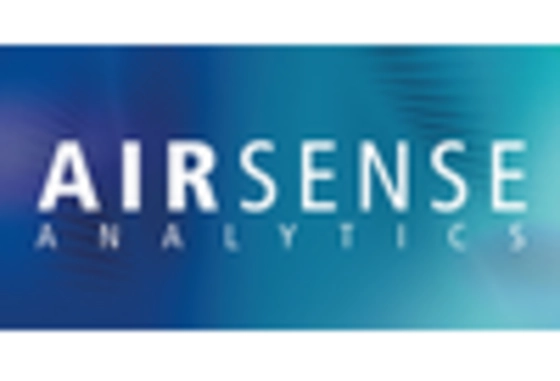
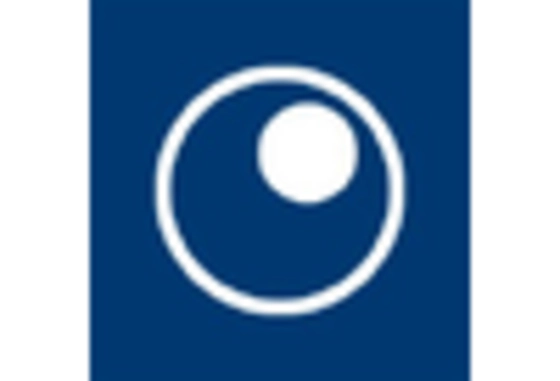
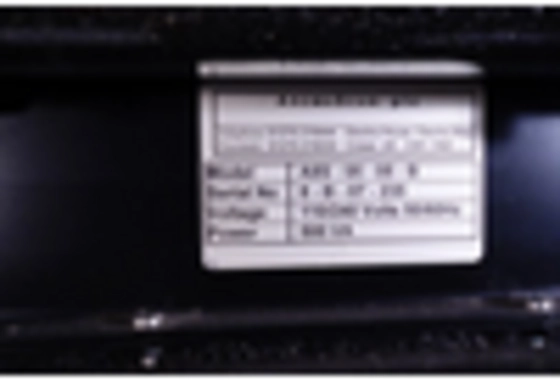

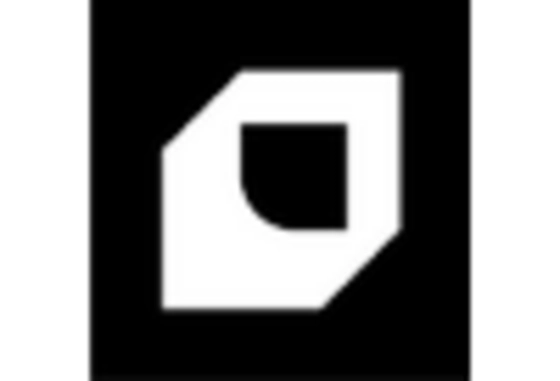
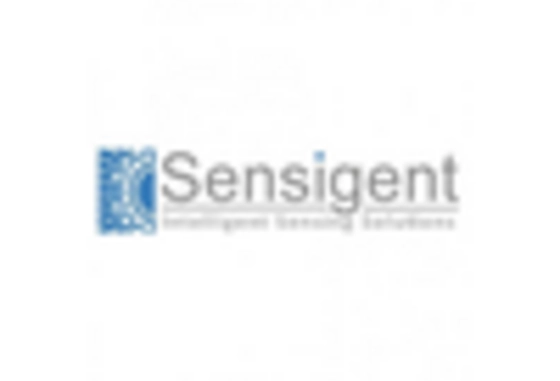








Leave a Comment